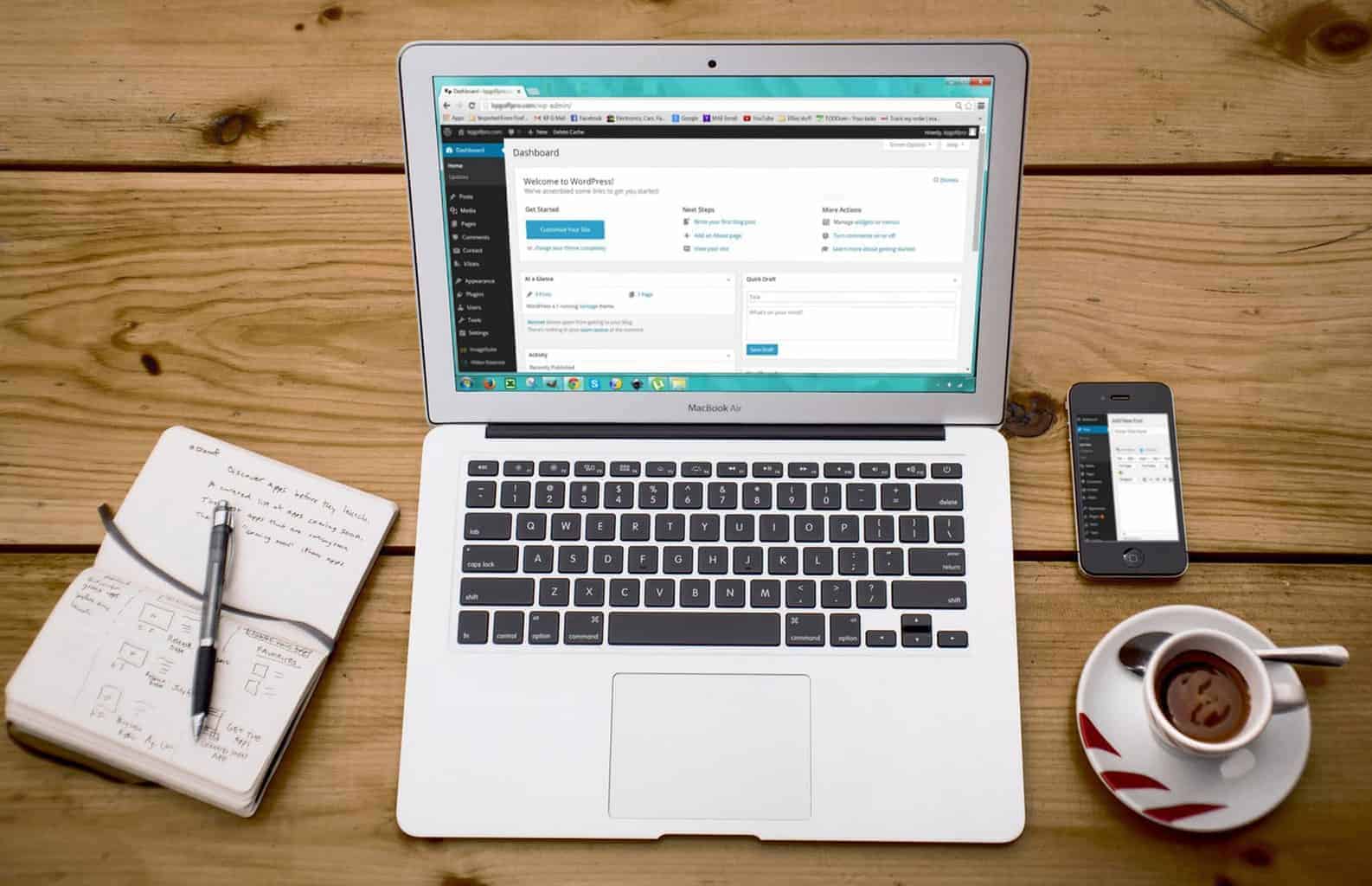
13 Nov Comprehensive Guide to WordPress Database
WordPress is a free content management system that is based on MySQL and PHP. The WordPress database contains two main features within it, and that is the template system and plugin architecture. The WordPress system is mainly for blogging, but it also supports various other types of web content. Some of the most common types of web content utilizing WordPress include online stores, media galleries, mailing lists, and forums, etc.
WordPress is one of the most popular systems used to operate websites all across the world. Users can also utilize the WordPress system for application domains like PDS, Pervasive Display Systems. This system, which was developed by the WordPress foundation, was released on 27 May 2013 and supports only two operating systems – Windows and UNIX-like. The various types of WordPress systems are listed below –
- Content management framework
- Blog software
- Content management system
How to run WordPress
To run the WordPress properly, you must install it on a web server. The WordPress contains various features in it which are below described:
- Themes – WordPress provides you with the opportunity to install various themes. These themes allow users to change the functionality and look of the WordPress website. Every theme is created using PHP and HTML and designed to display content using the unique features within an individual theme.
- Plugins – Plugins in WordPress are used to enhance or expand the functionality and features. There are numerous plugins available in WordPress and each plugin possesses different features and functionality. Different types of plugins help users manage sites according to their requirements. Some of the main features of plugins are adding widgets, navigation bars and search engine optimization.
- Mobile – WordPress is available for IOS, Android, Blackberry and Windows phone. The essential features are adding pages and posts, responding and editing of comments, etc.
- Other main features – The WordPress database also features a link management option. This link management option helps in assigning different categories of posts and pages. It also provides proper support for tagging in all types of posts. These applications contain some filters can be used according to your requirements. In addition, the app also allows users to make the text more attractive with the help of some formatting and styling options.
Advantages of WordPress
There are various advantages of using the WordPress. Some of the main advantages are described below and are important understand properly to make use of WordPress:
- The main advantage of WordPress is that it’s cost effective. WordPress makes it easy for people to create a website easily and quickly while saving money in development costs. Another major benefit to using WordPress is that less maintenance is required when compared to other options for creating websites. For example, users can upgrade or make changes on a WordPress website without the help of a designer.
- Users can easily and quickly update their site at any location. Once a user decides to create their WordPress website, they are free to manage and make changes on it at any time, even without access to the internet.
These are some of the benefits which you can get by using WordPress. Before attempting to use the WordPress database you should memorize all of the basic facts to get started on the right path.
–
ABOUT THE AUTHOR
Jack Dsouja is a professional content writer at RemoteDBA.com. Visit his site to get more information about other essential points that relate to the WordPress database.



No Comments